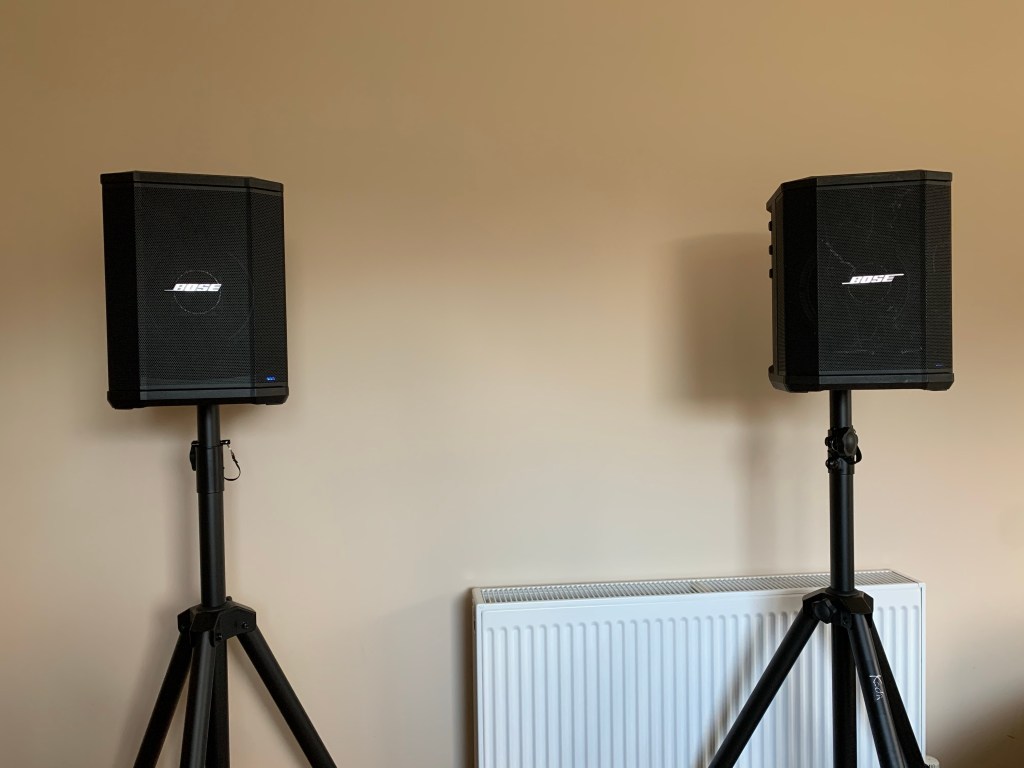Very easy to fix. But in case I ever encounter this again or you dear reader encounter this for the first time, here’s the fix:
- Open Nuget from within VS2019
- Beside sources, click settings
- Now click Add
- In the repository name, type Nuget. Type what ever you want really. It doesn’t matter
- In the URL, type the following: https://api.nuget.org/v3/index.json





